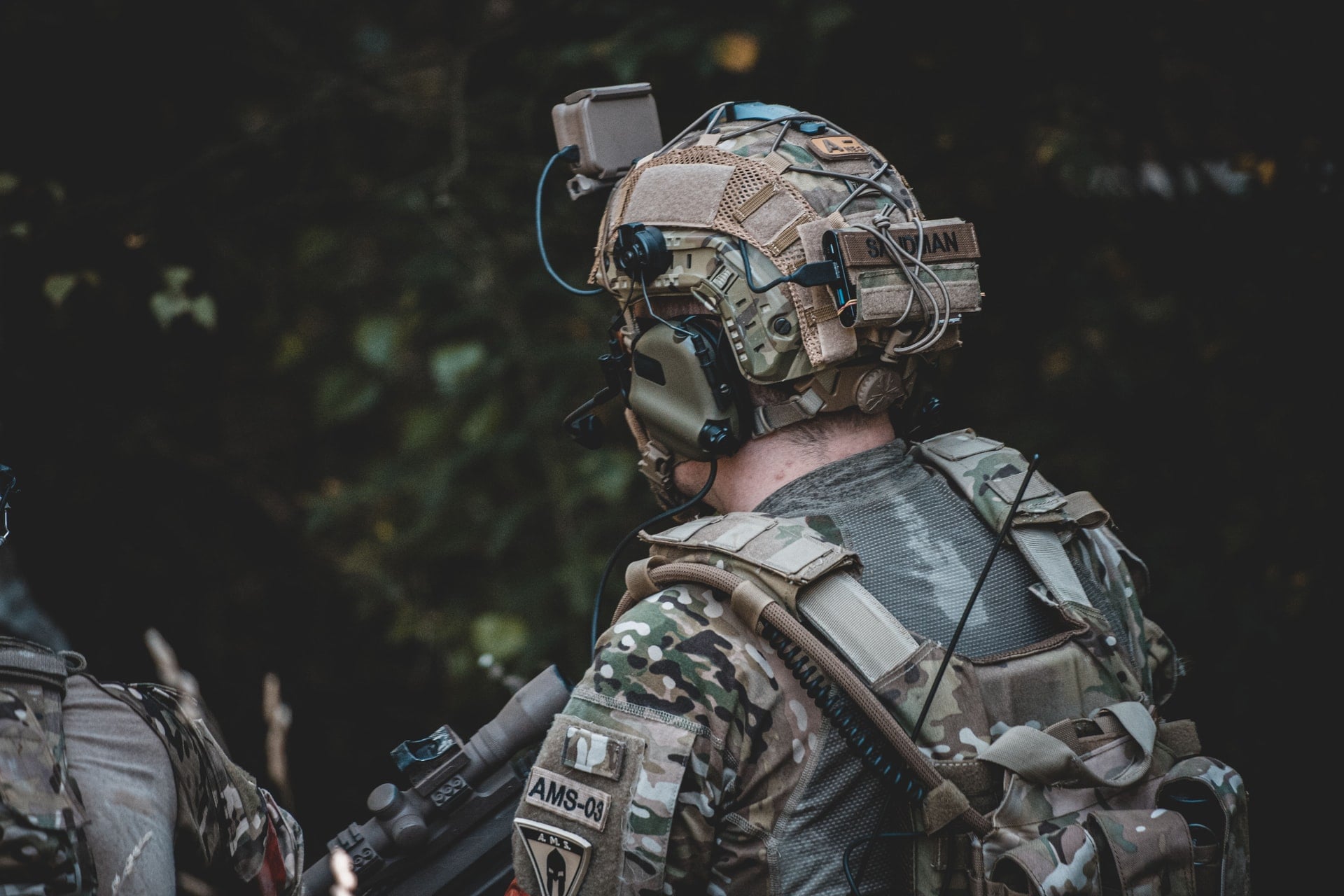Body armor is a fundamental and secure unit of personal protective equipment against firearms or steel arms, as well as shell fragments. Body armor is not a universal remedy. Therefore, depending on the scope of use, it is possible to change the characteristics and degree of protection. Depending on the protective properties, body armors are divided into classes according to the degree of protection. There are also classifications according to the wearing, materials, and construction.
According to the type of wearing, body armors are divided into hidden and outdoor. Hidden ones are worn under clothing and can be used, for example, by security personnel. They are mainly represented by the I, II classes of protection. This type is lightweight and comfortable to wear but with a limited degree of protection. Does not contain metal shields. They mainly consist of cloth bags. The outdoor option is perhaps less convenient. As a rule, they are more voluminous and heavy since they contain armored shields. But the degree of protection of such models is superior to the previous one.
Classifications vary from country to country, and classes can be subdivided into subclasses. And yet, the main criterion in choosing body armor is the degree of protection class. This criterion contains brief information about all other characteristics and components of a particular model. Each next type of body armor also protects against the defeat of all previous classes.
Body armor levels
Body armors of the I class, which are also the lightest in weight (3,3 -6,6 lbs), consists of fabric layers. The same fabric layers are used in other courses as well. With the difference that ceramic or metal armored plates are inserted in classes with a higher degree of protection. This type of body armor (class I) protects against low-energy striking elements (pistol bullets, bladed steel arms).
The body armor of the II class (6,6-11 lbs) consists of the same layers of fabric but with metal inserts in the most vulnerable places. This level can protect against a 0,35-inch bullet.
The III class of body armors consists of more layers of fabric, and armored plates, protect a larger area. The weight of a product of this level is already 19,8-24,2 pounds. Many models have a damping layer. This option protects against small arms – pistols, machine guns.
Level IV of body armors – in such a frame, in addition to metal alloy plates, ceramic plates are widely used. And also, there is a damping layer for extinguishing (damping) the projectile’s kinetic energy. The IV class and above also protect against automatic machines.
Body armors of the V, VI classes protect against armor-piercing bullets, machine guns, sniper rifles. A significant drawback of these levels (V, VI) body armors is their relatively large weight (it can reach 44 pounds).
Although the weight of the high-level body armor is quite impressive, the weight is distributed throughout the body. Therefore, the load is not felt so intensely.
Materials
Body armors are divided into three types by materials and design.
The first option consists of a sufficient number of layers (15 – 30) of a solid but lightweight ballistic fabric with high viscosity is made of super-strong aramid fibers (Nomex, kevlar, terlon) – the so-called soft construction. The advantages of such models are their comparative lightness and usability. The disadvantage is the limited degree of protection.
The fabrics used in the structures are to delay the bullet and dissipate energy to prevent or minimize damage from the inertia of the shot or fragments of the striking element.
The second type is semi-rigid body armor. It combines elements of soft and rigid structures. In such variants, the possibility of latent injuries from the inertness of the striking aspect is much lower than in the first option.
A rigid structure implies a soft base with armored metal plates made of metal alloys (titanium, aluminum, steel, manganese). Wooden structures are capable of protecting against more powerful striking elements with higher kinetic energy.
Stand-alone or in-conjunction with (ICW) plates
Ceramic inserts also have a very high degree of protection. They are made from ultra-high modulus polyethylene. Such inserts perfectly withstand multiple lesions while not prone to dents. At the same time, they are more vulnerable to various precise lesions at the exact location. Manufacturers focus on combined types with removable shields located on top of the compartment with bags. That makes it possible to increase the degree of protection depending on the situation. Guards made of metal alloys are placed in special pockets and can be replaced if necessary. Despite the very high degree of protection, this option is often disposable.
Summing up all of the above, it is worth agreeing that body armor, when used correctly (strictly following its technical characteristics), is a very reliable means of protection. In most cases, it completely prevents injuries or significantly reduces their severity, thus increasing the survival rate of persons using body armor many times over.
